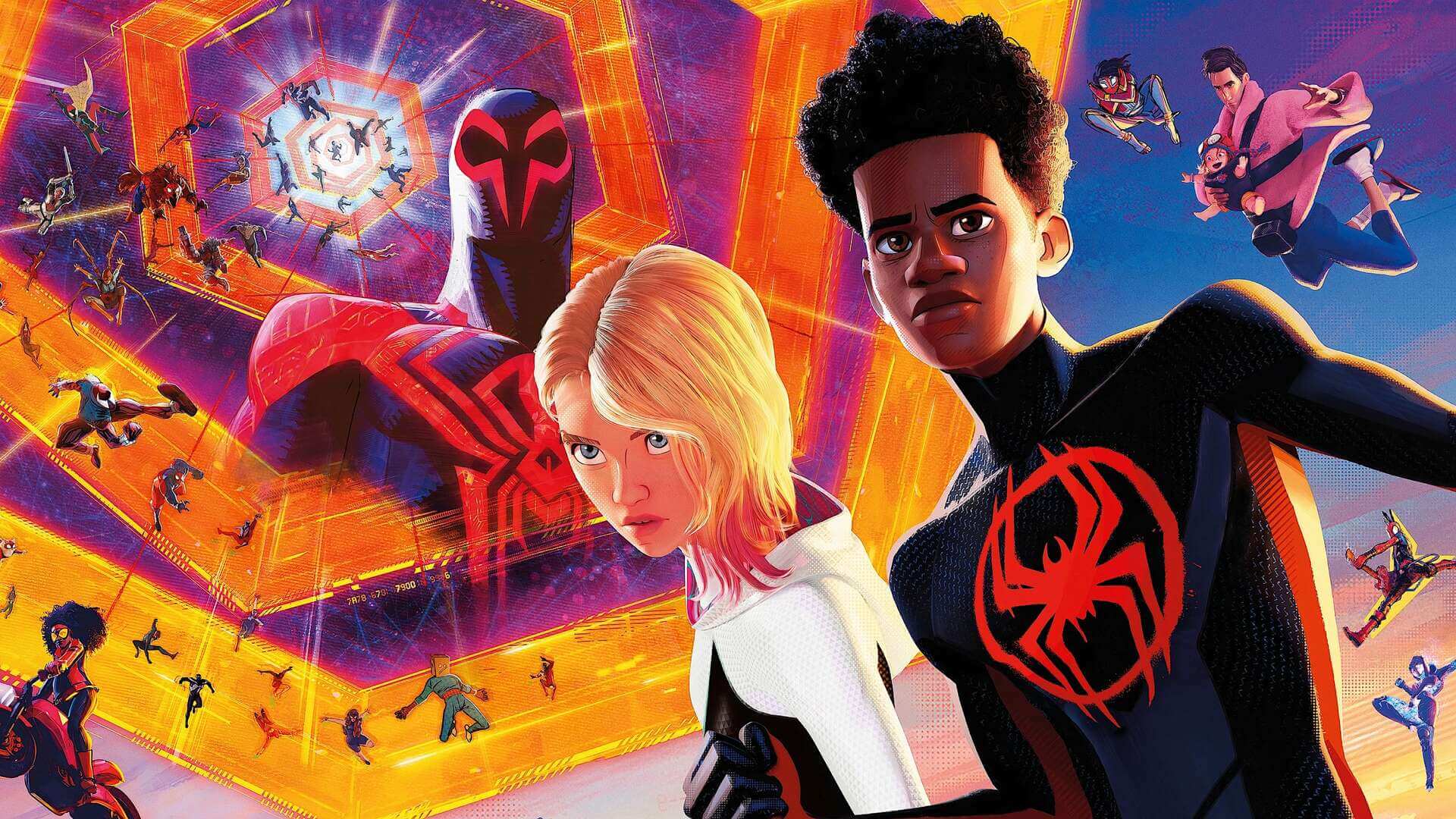
Spider-Man: Across the Spider-Verse spins a multiverse masterpiece
When Spider-Man: Across the Spider-Verse swings onto the screen, it immediately redefines what animated superhero movies can be. It’s not just a sequel; it’s a monumental leap forward in storytelling and visual artistry. Picking up the thread from its predecessor, this film doesn’t just rest on past successes; it takes bold risks with its narrative and animation style, expanding the multiverse with jaw-dropping finesse.
Miles Morales is back, and so is his charming awkwardness as he navigates the complexities of being a teenager and a superhero. This time, the story dives deeper into his struggles, both as a young man trying to find his place in the world and as Spider-Man facing the responsibility of multiple universes. The film does an impeccable job of balancing these two sides, grounding its high-flying, reality-bending premise in relatable, heartfelt moments. It’s a coming-of-age story wrapped in an interdimensional superhero spectacle.
Visually, this movie is an absolute feast. The animation is a work of art, blending various styles to represent the diversity of universes. It’s as if every frame was hand-painted by an artist who refused to stay inside the lines. Each alternate Spider-Verse feels distinct, a love letter to different forms of animation and comic book styles, ranging from the neon-soaked cityscapes of Miles’ world to the vibrant chaos of other dimensions. The film constantly plays with colors, textures, and visual effects to evoke emotion and excitement, making it a masterpiece in animated filmmaking.
The narrative complexity of Across the Spider-Verse deserves its own round of applause. The story is layered and full of surprises, with plot twists that add real weight to the film’s emotional core. Themes of identity, destiny, and sacrifice are explored without ever feeling heavy-handed. The introduction of new Spider-characters, each with their own quirks and personalities, enriches the storyline. While the film brims with action and humor, it’s the quieter, introspective moments that give it real substance, reminding audiences that at its heart, Spider-Man has always been about the struggles and triumphs of the “everyman.”
Voice acting and music are equally on point. Shameik Moore gives Miles the perfect balance of youthful optimism and vulnerability, while Hailee Steinfeld brings depth to Gwen Stacy’s expanded role. The soundtrack pulses with energy, infusing scenes with rhythm that keeps pace with the film’s dizzying visuals. Together, the vocal performances and music create an immersive experience that pulls you into the story’s emotional whirlwind.
Spider-Man: Across the Spider-Verse is a bold, boundary-pushing sequel that expands the scope of its universe without losing sight of what made the original so beloved. It’s an exhilarating, funny, and surprisingly poignant film that sets a high bar not just for animated movies but for superhero films as a whole. If you thought the multiverse was wild before, buckle up. This is a cinematic ride that leaves you both breathless and begging for more.






